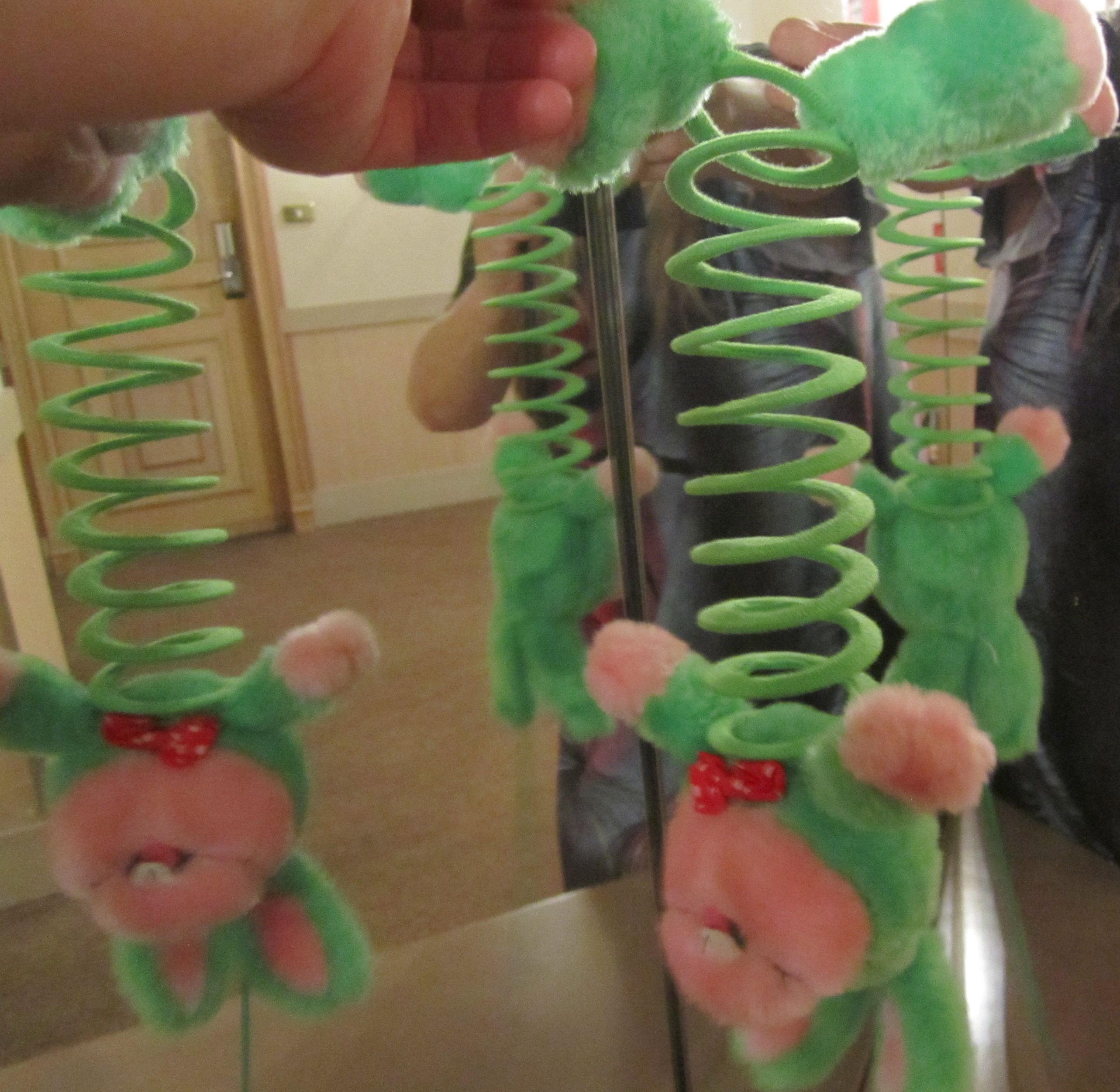

Chemists study chiral molecules, which are molecules that are not identical to their mirror image. A solution of sugar dissolved in water rotates the plane of polarization of light. (Try to put a glass tube with a saturated solution of sugar between two crossed polarizers!)
Louis Pasteur studied tartaric acid and sorter the crystals in left and right-handed forms, and then dissolved them separately in water. He discovered that these solutions were "optically active" and, like sugar, rotated the plane of polarization of linearly polarized light. Pasteur connected chirality to life and tried to synthesize chiral molecules by applying a strong magnetic field - without success.
Richard Feynman proposed a challenge: How would you teach left from right to an alien civilization?
In spite of well-known righthand rules for magnetic field, electromagnetic interactions are unchanged on the other side of a mirror. To obtain a physical effect, there is always a need for two righthand rules (and the same effect can thus be obtained by applying two lefthand rules). Symmetries are discussed in detail by Martin Gardner in his books The New Ambidextrous Universe and The annotated Alice.
The only fundamental interaction violating mirror symmetry is the "Weak interaction". The violation of mirror symmetry, "parity violation", was discovered in 1956, and awarded with the Nobel prize in physics already in 1957. The weak interaction is mediated by the W± and Z0 bosons discovered at CERN in 1984. Also this discovery was awared with the Nobel prize already the following year, 1984. The neutral Z0 boson causes even an atom to differ slightly from its mirror image.
 The picture to the right shows the spiral rabbit, reflected in two
mirrors in a corner. One rabbit turned into four: The original rabbit
with a right-handed spiral, two left-handed mirror images and finally, a
doubly reflected rabbit, which is right-handed and looks as if had just
been rotated by 180o.
The picture to the right shows the spiral rabbit, reflected in two
mirrors in a corner. One rabbit turned into four: The original rabbit
with a right-handed spiral, two left-handed mirror images and finally, a
doubly reflected rabbit, which is right-handed and looks as if had just
been rotated by 180o.
I have been fascinated by helices and mirror symmetries ever since I read Martin Gardner's "Ambidextrous Universe" when I was 20. I was lucky to be invited as a post-doc, first to University of Washington in Seattle (Ernest Henley, Larry Wilets, Norval Fortson), and then to Oxford (Pat Sandars), to collaborate with groups searching for atomic parity non-conservation. In my "parity" talks, I often used a slinky to illustrate chirality.